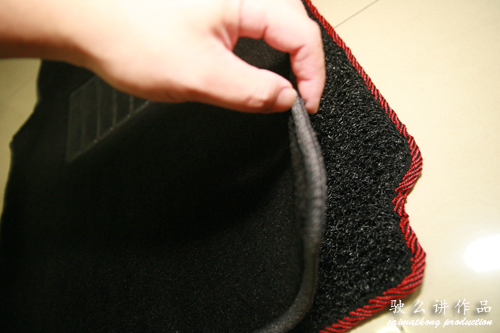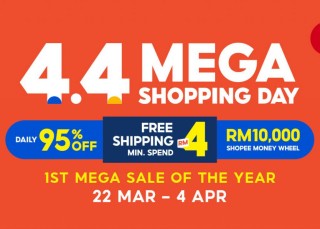Search Engine and Website Optimization
SEO is an essential part of website optimization, involving the formatting of a web page so that search engine algorithms score it highly for the relevant keyword.
Each page should be optimized for only one keyword so that the page is listed in as high a position as possible for that keyword.
If you understand how search engines work you will be able to apply your knowledge of SEO to optimize your website and ensure, not only a listing, but a search engine listing worth having. So, exactly how does a search engine such as Google work?
The answer to that is that nobody knows – except some Google employees of course. However, by carrying out certain actions and analyzing the results, it is possible to come to certain conclusions as to what Google are looking for and using that information to your advantage. Keep in mind, however, that the number of variables Google is evaluating is believed to reach three figures, so you will only ever scratch the surface, but we know that some of these are given more weighting than others.
SEO variables come in groups, and your website optimization strategy should take as many of these into account as possible. These groups can be categorized into increasingly narrower sets, the broadest being on-page and off-page optimization. The variables with most weighting are currently believed to be:
1. ON-PAGE WEBSITE OPTIMIZATION
On-page optimization is, as the term suggests, carried out on the web page itself. This can either be on the visible part of the page, or in the underlying source html code. This optimization can be further classified into:
a) The Keywords. Each web page should be optimized for one keyword, and can contain a few sub-keywords for which the page might also be listed. These, however, are less important than they once were in view of Google’s latent semantic indexing (LSI) algorithm. That is another subject! The choice of keyword is important, and there is software available (free and not so free) to help you choose the best keyword for your needs. Do not overuse keywords – instead use lots of related text and synonyms to tell the spiders what your page is about.
b) The Title. This ‘title’ is not visible on the page, but contained within the html ‘Title’ tag prior to the ‘Body’ section of the page html. It should contain the keyword, and is the title that appears at the head of the search engine listing for the page.
c) Meta Tags. In SEO, the Meta tags, again contained prior to the visible ‘body’ section, provide the search engine crawlers or spiders with information about your site. The only tags of use today are:
i. The Description Meta tag. This describes the content of your site and is shown in full or part below the title in your search engine listing. Include your selling point and any toll-free number you might have.
ii. The Keyword Meta tag. Not generally used, but who knows – it costs nothing and does no harm.
iii. The Robots Meta tag should be used to block any page from spiders that you don’t want visited, in case they dilute the overall site relevance. For example, duplicate sales pages. Use it blank even if you are not blocking anything.
d) Headings Page and paragraph headings should be in bold text within H (heading) html tags, H1 for page and H2 for paragraph headings. Use keywords because heading tags stress the importance of the text within them, especially if formatted bold.
e) Navigation Links
i. Your navigation is best if made using keyword anchor text and with a small description of the page linked to just below it.
ii. Try to arrange your html so that the spider sees your body text first, followed by the links that will lead it away from your page. Most importance is placed on the first 100 words and the last paragraph, so don’t let these words be your navigation links.
iii. Pay attention to your on-site linking strategy. There is a formula you can use to maximize the PageRank points for each or any individual page.
2. OFF-PAGE WEBSITE OPTIMIZATION
Off-page optimization is a massive subject, and would require a separate article to even scratch the surface. It includes techniques such as one-way back links, reciprocal linking, article marketing, directory submissions, interlinking your own sites and blogs, use of social bookmarking sites and social networking, Twitter and so on.
These SEO techniques can in many respects be more important than on-page SEO, and it is not uncommon to see a page with no content but adverts listed at position #1 on Google due solely to the number of other web pages linked to it.
SEO is an extensive subject, but you can improve your chances of getting a high listing if you take advantage of what is known. Information is available, some of it genuine and some opinion. Make sure you find the former and avoid the latter in your website optimization strategy.
—–
About the Author: Peter Nisbet – These are the basics of SEO. For the details that determine succes or failure visit SEOcious where Pete also offers a free SEO course.

 13,441 views
13,441 views

January 27, 2009
It’s not just about getting too much keywords and writing bulk articles.. you need to use a lot od tools to make your website score high on google listngs
February 5, 2009
Interesting post. Will take a note of this.
I was browsing through the Internet a few days back to check out for article submission service providers and came across seo traffic spider. I have used their service and found it the best so far. They communicate promptly with their clients and do a perfect job and meet requirements. I thought this information may be helpful for those looking our for professional SEO services and this would save them the time to research on the best and affordable service providers.